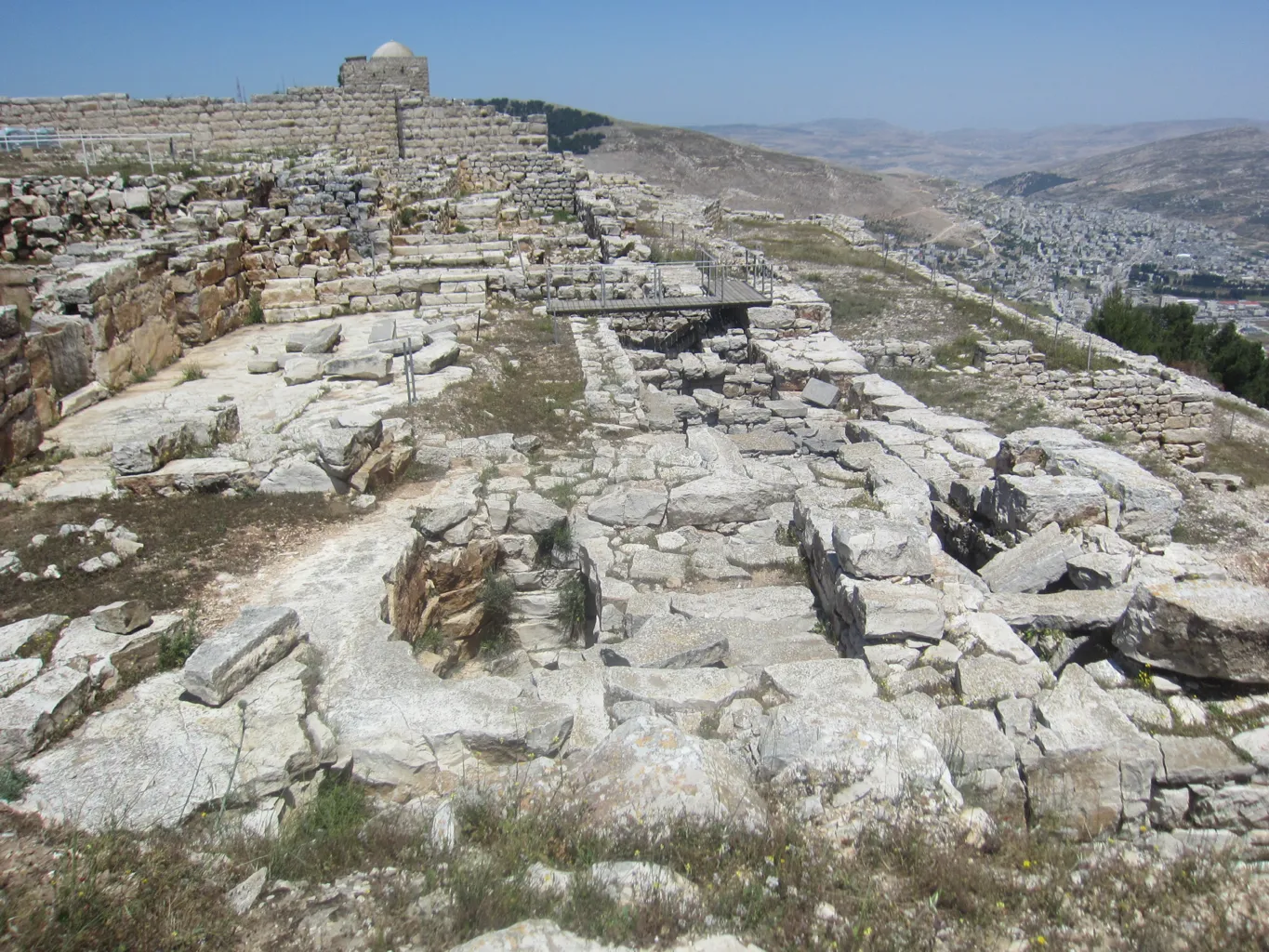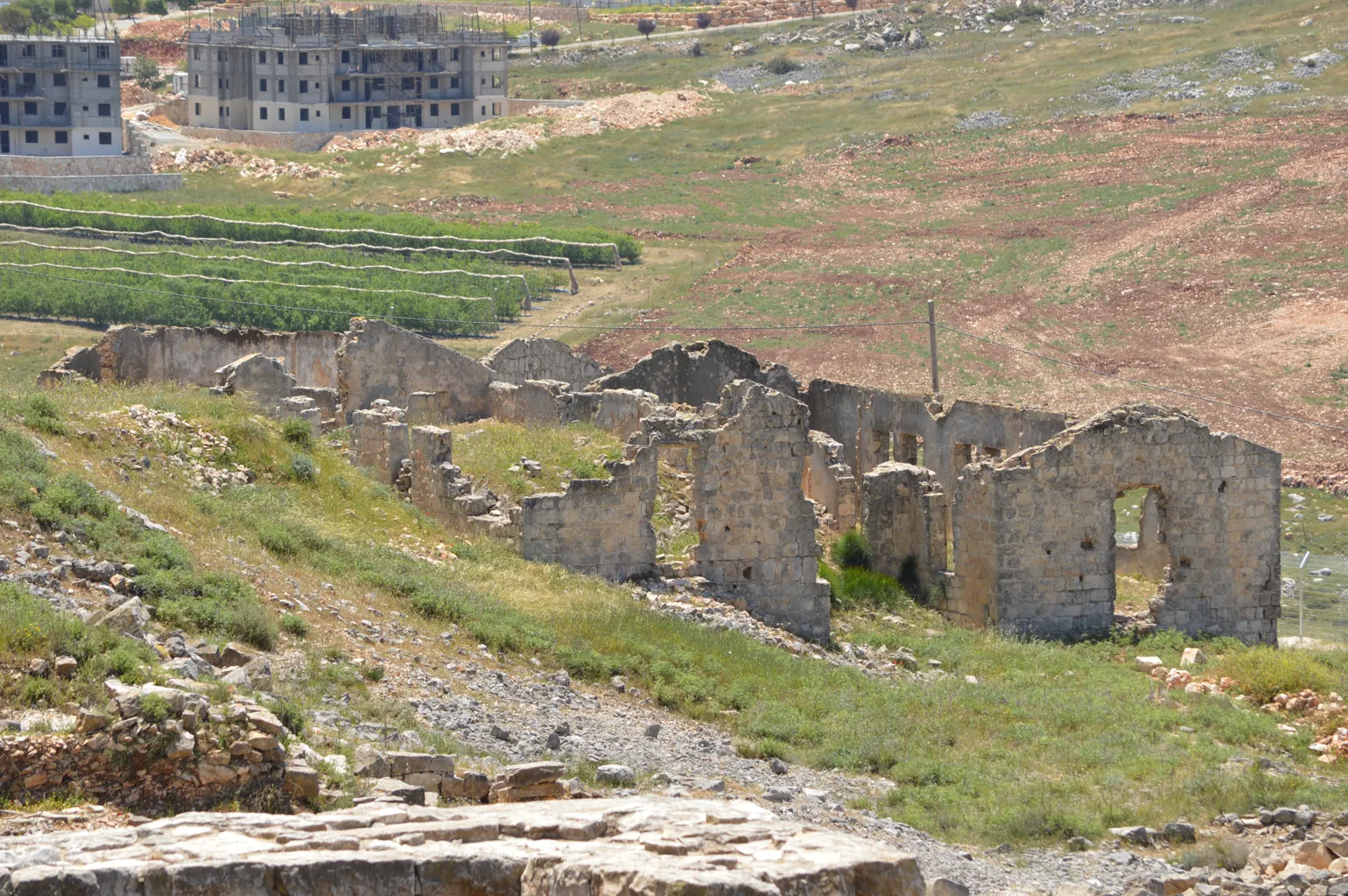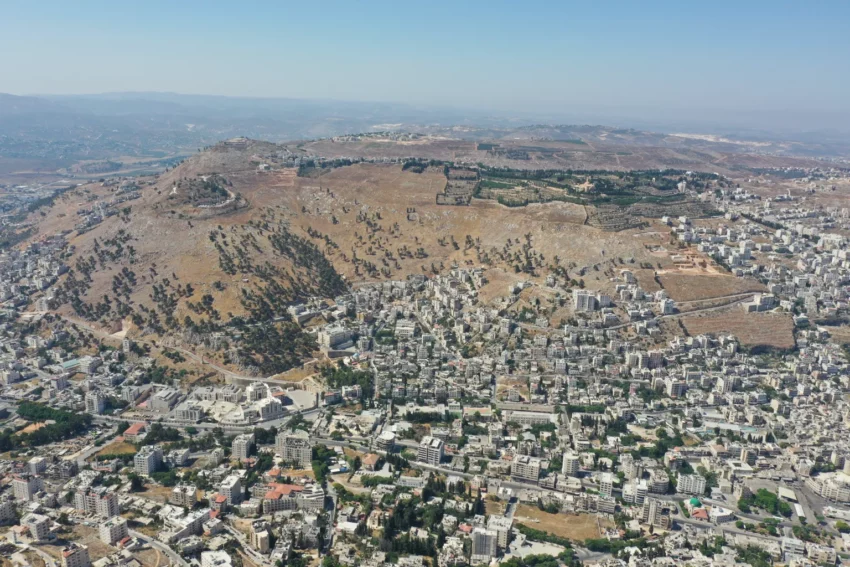Mount Gerizim: A Sacred Summit with a Rich History
Mount Gerizim, rising to 881 meters above sea level, is not just one of the highest peaks in the West Bank but also a central figure in the religious and historical narratives of the region. It lies south of the valley in which Nablus, the modern name for the biblical city of Shechem, is situated, with Mount Ebal to its north. This mountain, steeped in history, holds a special place in the hearts of the Samaritans, who consider it the holiest site on Earth.
Get your dose of History via Email
Biblical Significance and Samaritan Traditions
The importance of Mount Gerizim is deeply rooted in biblical accounts. It is here that the Israelites, upon their entry into the Promised Land, conducted ceremonies of blessings as instructed by Moses. This act marked the beginning of its sacred status, which continues to influence the practices and beliefs of the Samaritan community to this day.
For the Samaritans, Mount Gerizim is not just a historical site but the chosen location by God for a holy temple, a belief that diverges from Jewish tradition which holds Jerusalem’s Temple Mount in similar regard. The mountain’s significance is highlighted by the fact that it is considered the oldest and most central mountain in the world in Samaritan tradition, surviving even the Great Flood.

Historical and Archaeological Insights
The historical narrative of Mount Gerizim includes the construction of a Samaritan temple during the 5th century BC. This temple stood as a symbol of the Samaritan faith alongside the Jewish Second Temple in Jerusalem. However, religious rivalry led to its destruction by the Jews in 112-111 BC under John Hyrcanus’s orders. Despite such conflicts, the mountain remained a vital worship site for the Samaritans.
Archaeological excavations, which began in 1983 and continued until 2006, have unearthed significant findings that reinforce the mountain’s historical and religious importance. These include tens of thousands of artifacts, such as pottery vessels and animal sacrifice remains, which provide a glimpse into the rituals and daily life associated with the temple.
The Christian Era and Beyond
The narrative of Mount Gerizim took a dramatic turn with the rise of Christianity. In 475 AD, a Christian church was constructed at its summit, marking a significant transformation in the mountain’s religious landscape. This was followed by the construction of a protective wall around the church by Justinian I in 529 AD, which played a crucial role during the Samaritan revolts.

Modern-Day Relevance
Today, Mount Gerizim continues to be a central figure in Samaritan religion. The community gathers here thrice annually to celebrate significant religious festivals such as Passover, Shavuot, and Sukkot. The Passover celebration, in particular, features a lamb sacrifice that echoes the ancient practices once held at the Samaritan temple.
Conclusion
Mount Gerizim’s story is a compelling blend of faith, conflict, and coexistence. From its days in the biblical era to its significance in modern times, the mountain has witnessed the ebb and flow of civilizations and religions. It stands as a testament to the enduring nature of sacred spaces and their ability to foster both division and unity among different faiths. As such, Mount Gerizim remains not only a key historical and religious site but also a symbol of the complex tapestry of human belief and its manifestations through time.
Sources:

